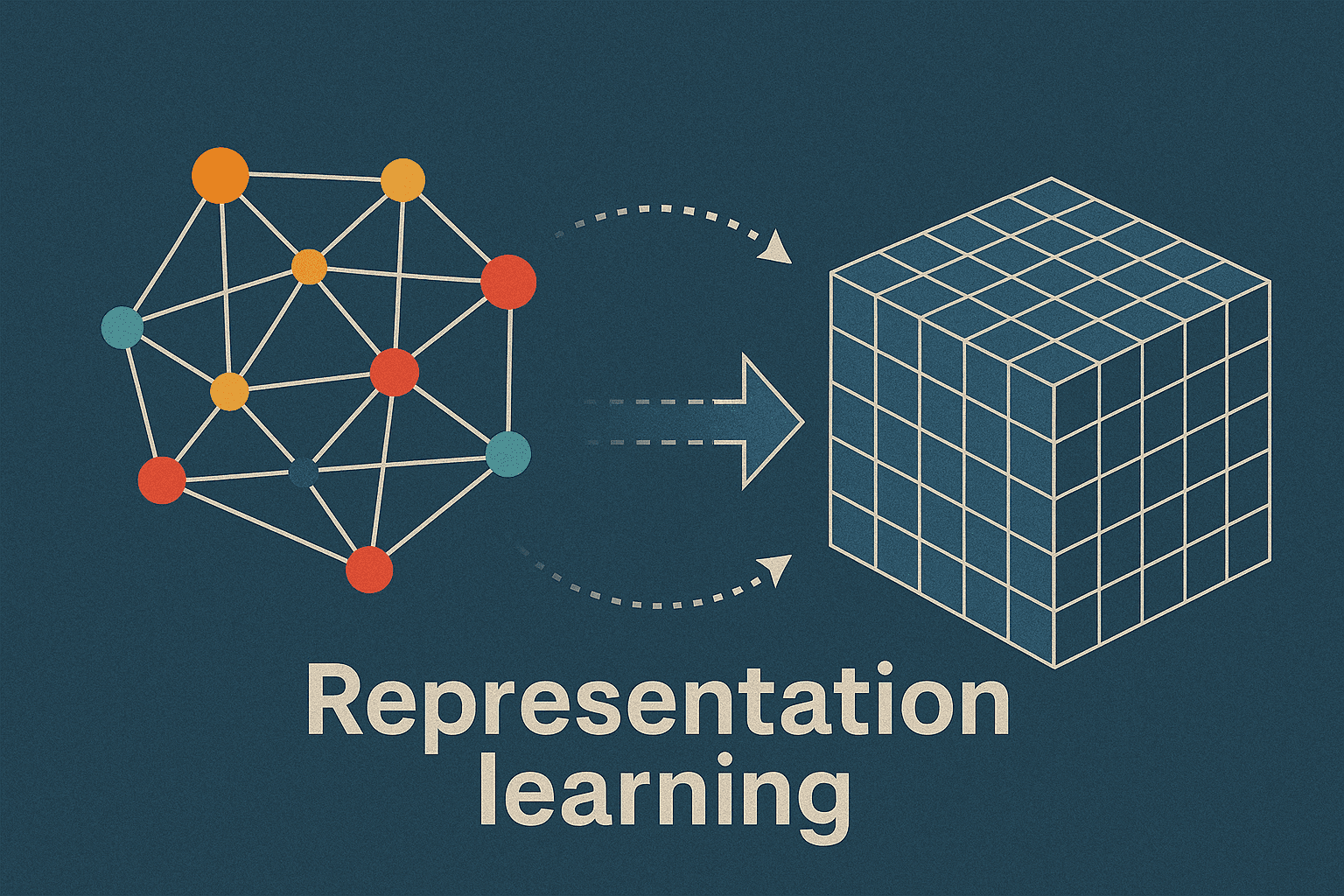The Hidden Language of Data: How Representation Learning Is Expanding the World of Data Mining
Representation learning is transforming traditional data mining by allowing machines to automatically discover meaningful features from complex data. Instead of relying on handcrafted attributes, models learn compact embeddings that reveal deeper patterns and improve classic algorithms like clustering, regression, and classification. This shift enhances applications across finance, healthcare, retail, and scientific discovery, while also introducing new challenges in interpretability, fairness, and efficiency.

The Hidden Language of Data: How Representation Learning Is Expanding the World of Data Mining
For decades, data mining has been the craft of turning raw numbers into knowledge. Techniques like PCA, clustering, regression, classification have powered everything from credit scoring to recommendation systems. These methods helped us detect patterns, build predictions, and make sense of the massive digital traces of human life. And they still do.
But lately, something fascinating has been happening on top of this solid foundation. Machines have started learning how to represent data — to find their own way of describing it, without being told exactly what to look for. This shift is called representation learning, and it’s opening a new chapter in how we explore and understand information.
So, What Is Representation Learning?
Think of it like this: traditional data mining works with features — measurable properties you define ahead of time. In contrast, representation learning asks: what if the computer could figure out those features by itself?
It compresses complex, messy information — images, text, sensor signals, social networks — into compact numerical codes called embeddings. These embeddings act like summaries of meaning. Two customers who behave similarly, two sentences that express the same idea, or two molecules that might have the same function — all end up close together in this learned “latent space.”
Instead of engineers designing hundreds of handcrafted features, the model discovers useful representations directly from data.
Why Does This Matter?
Representation learning enhances data mining techniques. In fact, many of the best modern systems still rely on the same core algorithms — only now, they operate on richer inputs.
For example:
- A k-means clustering algorithm can uncover much deeper patterns if it works on learned embeddings rather than raw data.
- A logistic regression model can perform brilliantly when its features come from a neural network that has already distilled key relationships.
- Even linear models and decision trees can gain new life when paired with good representations.
In other words, representation learning acts like a feature generator — one that continuously improves itself. It gives data mining a new kind of creativity and allows algorithms to find meaning in data that used to be too unstructured or high-dimensional to handle. It turns raw information — pixels, words, graphs — into something analyzable, measurable, and comparable.
Representation learning is like teaching machines to see before they start to analyze. And most importantly, it helps us move toward understanding not just what patterns exist, but why? (See this article for more on getting deep into the Explainability concept in data mining.)
How Machines Learn to Represent the World
Early breakthroughs came from language. Models like Word2Vec and GloVe learned that words appearing in similar contexts tend to mean similar things. “King” and “Queen,” “Paris” and “London” — these relationships emerged naturally from data, not human definitions.
Then came images, graphs, and time series. Convolutional networks learned to recognize edges and textures.Graph neural networks began mapping social and molecular relationships. Transformers started spotting temporal patterns in sensor data and financial markets.
Now, with self-supervised learning, models no longer need labels necessarily. They invent their own training puzzles — predicting missing words, reconstructing masked parts of an image, or guessing the next event in a sequence. By doing so, they form general, reusable representations that can support any data mining task downstream.
Representation Learning in Action
- Finance: Representations of transaction patterns reveal subtle irregularities that flag potential fraud.
- Retail: Product embeddings capture what customers truly value, driving smarter recommendations.
- Healthcare: Embeddings of patient histories can help predict disease risks long before symptoms appear.
- Science: Representations of molecules and materials accelerate discoveries by capturing chemical similarity better than handcrafted descriptors ever could.
In every case, the idea is the same: once you learn a good representation, traditional models perform better and generalize further.
The Challenges Ahead
Of course, this new power brings new questions:
- How do we interpret what these representations actually mean?
- How do we make sure they’re fair, unbiased, and private?
- How can we train them efficiently without enormous computational costs?
Researchers are tackling these problems with explainable embeddings, lightweight architectures, and privacy-preserving learning techniques. It’s a lively, evolving field — one that’s still grounded in the same principles that made classical data mining so successful: curiosity, structure, and statistical thinking.